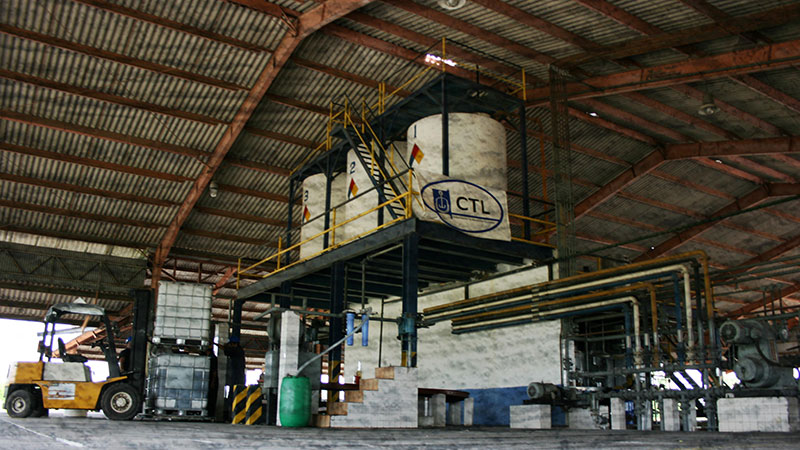Industry Insights: Terra Verra’s Darrin Potter on Harnessing Biomimicry Technology in Sustainable Agriculture
AgriBusiness Global recently caught up with Darrin Potter, Director of Market Development for ag tech company Terra Verra. Potter provided key insights into how biomimicry technology supports plants in defending themselves against abiotic stressors. He also talks about the future of this kind of technology and why he forecasts growth in this market.
ABG: What is biomimicry technology?
Darrin Potter: Basically, it’s innovation inspired by nature. Plants and many organisms are not wildly different. They might be wildly different in what they consume and how they live, but from a microbiological mechanism perspective, their cells and organisms process things and break things down. Similar to humans, plants get viruses, too. And in order for plants to defend themselves, they release chemistry in themselves.
Due to applying for decades heavily synthetic products, we’ve reduced plants’ ability to defend themselves naturally. So, biomimicry takes a process that naturally occurs in the environment and uses it.
Terra Verra products use amino acid-based formulations that leverage biomimicry technology creating oxidants that are generated onsite and on demand to replace chemical pesticides and synthetic fertilizers. The products are safe for soil, people, and animals.
Having trouble viewing this video? Please click here.
ABG: Where do you see adoption of biomimicry technology?
DP: We see adoption in Europe, and in countries like Australia. They’re having a big challenge with the varroa mite. They’re looking at options to reduce the impact.
We’re also seeing adoption, most specifically, in smaller organic farms. The farm-to-table scenarios are using it because consumers want to know where their crops come from and what they’re eating is either sustainable, organic, or natural. Hopefully, over time, we’ll see it in much larger farms.

Darrin Potter, Terra Verra. Photo: Terra Verra
ABG: What kind of education needs to be offered to get ag retailers and growers on board?
DP: As far as education is concerned, there’s a lot of great books out there to be honest with you. And conferences I’ve been to that talk about everything from regenerate soil to compost, fungi compost. At these conferences, we discuss different biopesticides and different crop protection methods, using technology like amino acids, as opposed to synthetic forms of chemistry, and using polypeptide chains, things of that nature.
A lot of universities have programs that really focus on sustainable agriculture, soil science and using these types of technologies.
ABG: Do you see any competition with biomimicry?
DP: I see competition based off of standard agriculture. I think because of the environmental challenges we’ve seen over the past decade; a lot of people understand that we need to make some changes. We have a significant growth in population. There are a few things you need every single day of your life, and that’s water and food.
We can’t waste all our water on our crops without saving any water for ourselves. Balance is extremely important. While there is always going to be some form of competition with biomimicry and biosimulance, and that technology is starting to take greater foot in the industry of agriculture. These processes are inevitable and are going to continue to grow well beyond.
I think you’ll see that happen in United States. Over the next decade, I think concern is going to grow about our environment, with regards to drought, increased temperatures, crop health and the population consuming these crops. Biomimicry is going to be a solution. Biosimulance is going to be a solution for farmers to apply. It’s really going to be pushed by the community, not just individuals like me or the farmers that are focused on this, but we’ll see a greater demand for sustainable practices over time.





